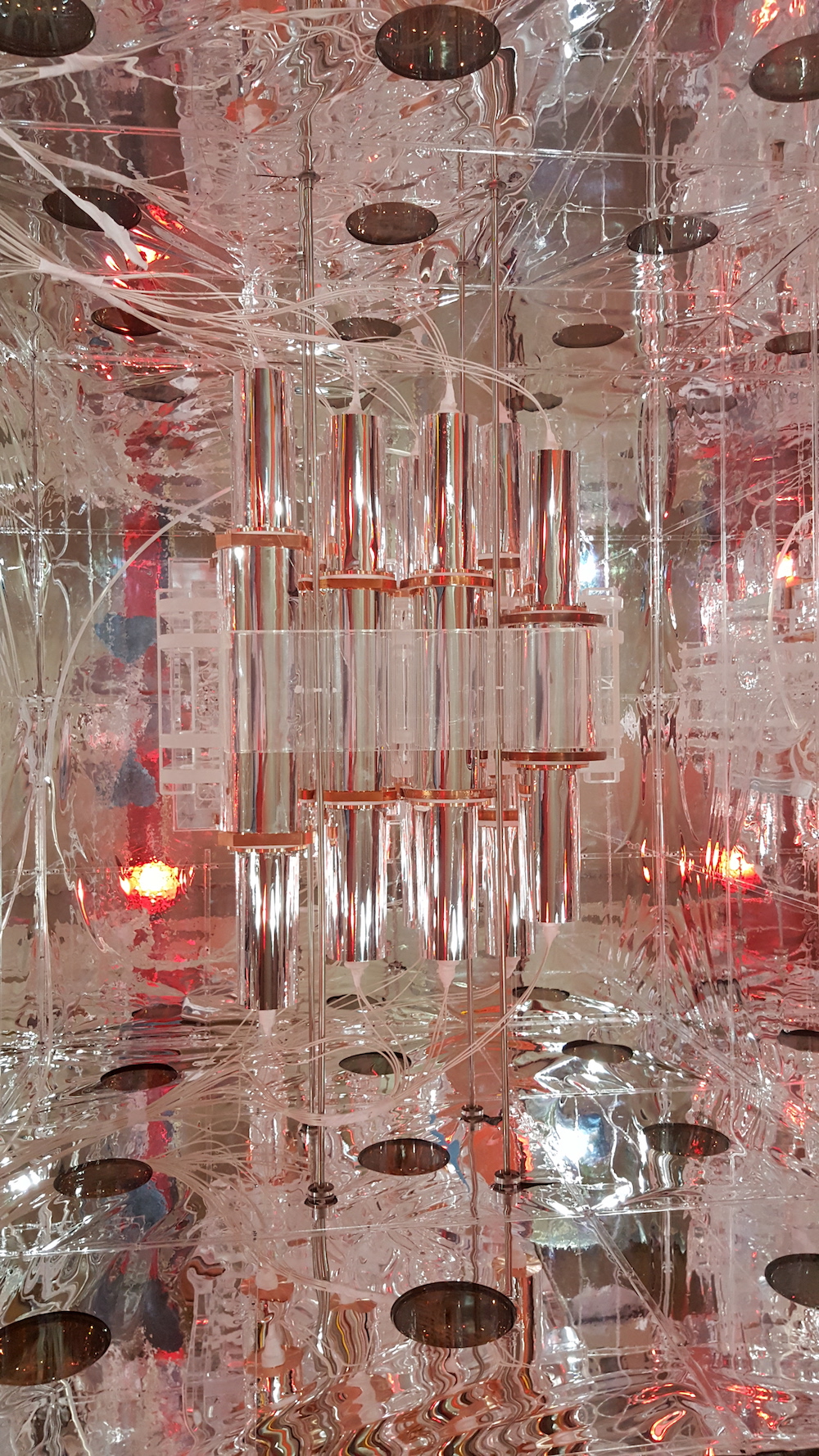COSINE-100 challenges the only dark matter observation claim to date

Dark matter is, as the Higgs boson was a few years ago, the prediction from our models that almost every physicist thinks will be soon confirmed, even though no direct evidence for it has yet been found.
The COSINE-100 experiment is located at the Yangyang Underground Laboratory (Y2L) in South Korea. As other dark matter experiments, it was designed to test the claim by the DAMA collaboration of an observation of dark matter, the only to date, but one that no other experiment has been able to confirm.
Since 1995, DAMA has observed annual modulations in the signal rate in their detectors that they attribute to the presence of dark matter in our galaxy that interacts with their sodium iodide target. Other experiments have used different detector materials and technologies and have not seen any signal that could be linked to galactic dark matter.
What makes COSINE unique compared to other experiments that have tried to replicate DAMA’s observations is that it uses the same target material as DAMA and is sensitive enough to perform a conclusive test of that observation.
DAMA’s claim has been a 20-year conundrum, but now seems close to an end.
The answer is not yet final, but the COSINE Collaboration today presents the first results that significantly challenge DAMA’s claim of a dark matter observation. The paper, published this week in Nature, does not reveal any excess of interactions that could be attributed to dark matter.
COSINE-100 is an experiment that was inspired by and is a successor to DM-Ice17, which was deployed along with IceCube at the South Pole. Reina Maruyama, an IceCube author, WIPAC alumna, and professor of physics at Yale University, is the co-spokesperson of COSINE and the principal investigator of DM-Ice. WIPAC scientist Matthew Kauer was a post-doc on her team when she left for Yale and is still collaborating with her on experiments like DM-Ice and COSINE. COSINE-100 was conceived by Maruyama together with Yeongduk Kim, Hyun Su Lee, and Neil Spooner.
In Madison, Matt Kauer, an author on the paper published in Nature on December 6, 2018, shares the excitement of the new results. His work on COSINE has focused on modeling the background signals, a key component of any dark matter search, because there are numerous effects that could mimic the small signatures predicted by our dark matter models. Understanding the background is also an important component of the modulation analysis presented in Nature, since the concerns that DAMA was not seeing a dark-matter signature but rather some sort of background noise have always been under discussion.
Learn more about these results here.
